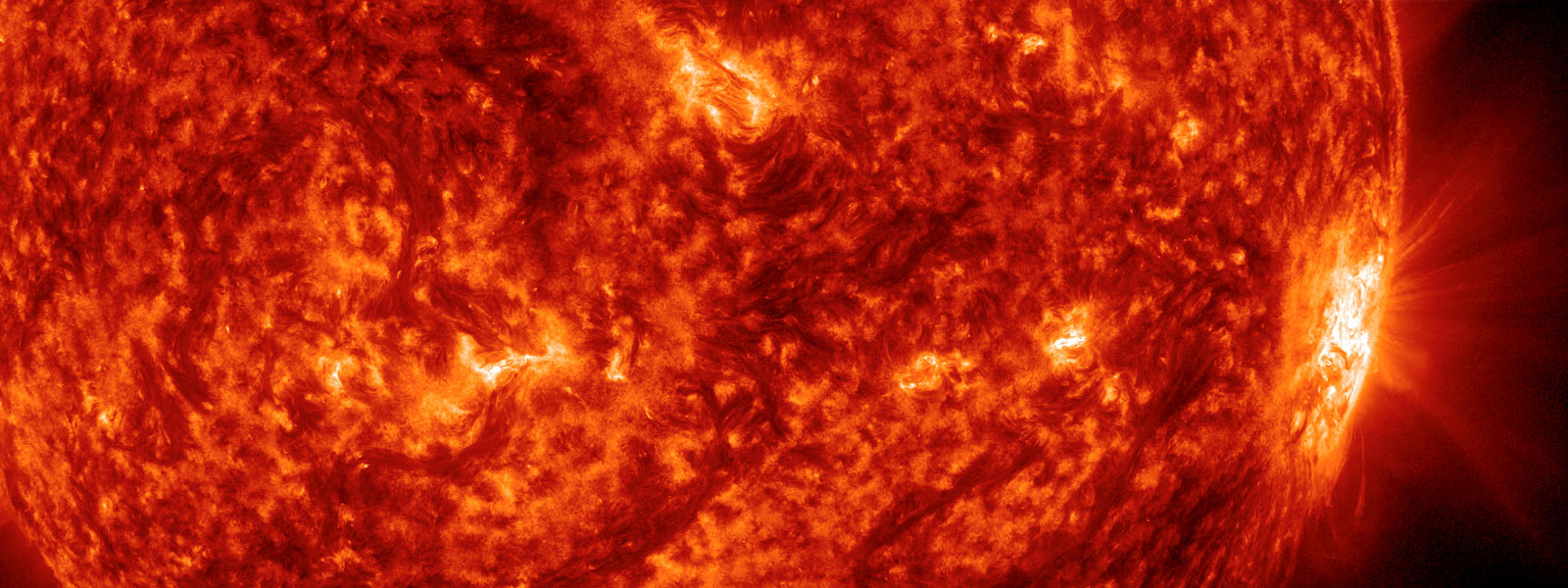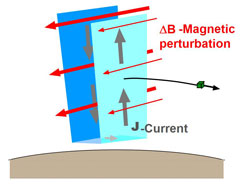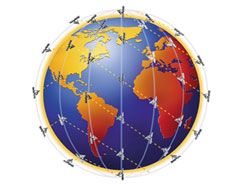
Birkeland currents and the Aurora
Space Science using the Iridium Satellites
Important components of our communications technology now operates from space. We know this is a hostile environment for human life. What design parameters are required for spacecraft operations? Space Physics seeks to understand the near-Earth space environment and its variability. Spectacular auroral displays are one manifestation of near-Earth Space Physics. Working with the Johns Hopkins University Applied Physics Laboratory, we have developed methods to monitor the large scale electric currents that link the ionosphere and magnetosphere and are involved in driving the aurora.
The Iridium satellite constellation was designed for global communications coverage. More and more of our communications technology operates from space. Some of the scientific questions we are addressing are:
- What is the near-Earth space environment like?
- What are the drivers of its dynamics?
- Is near-Earth space suitable for human technology?
- What are the hazards?
- How should we design satellites to survive this environment?
- Are there regions that are more suitable compared with others?
- What is the 'weather' like in space and what are the extremes?

Figure 1

Figure 2
The University of Newcastle acknowledges the traditional custodians of the lands within our footprint areas: Awabakal, Darkinjung, Biripai, Worimi, Wonnarua, and Eora Nations. We also pay respect to the wisdom of our Elders past and present.
